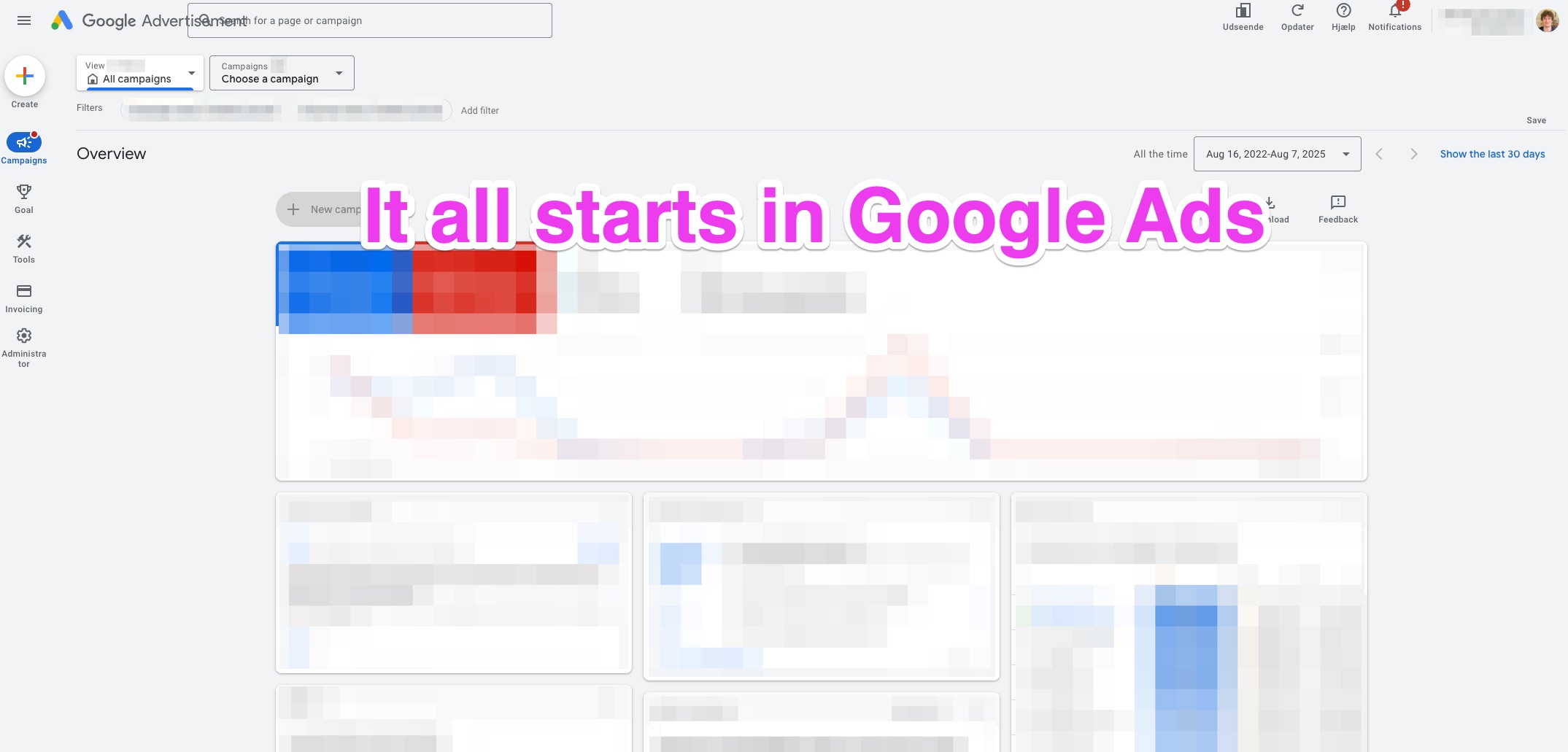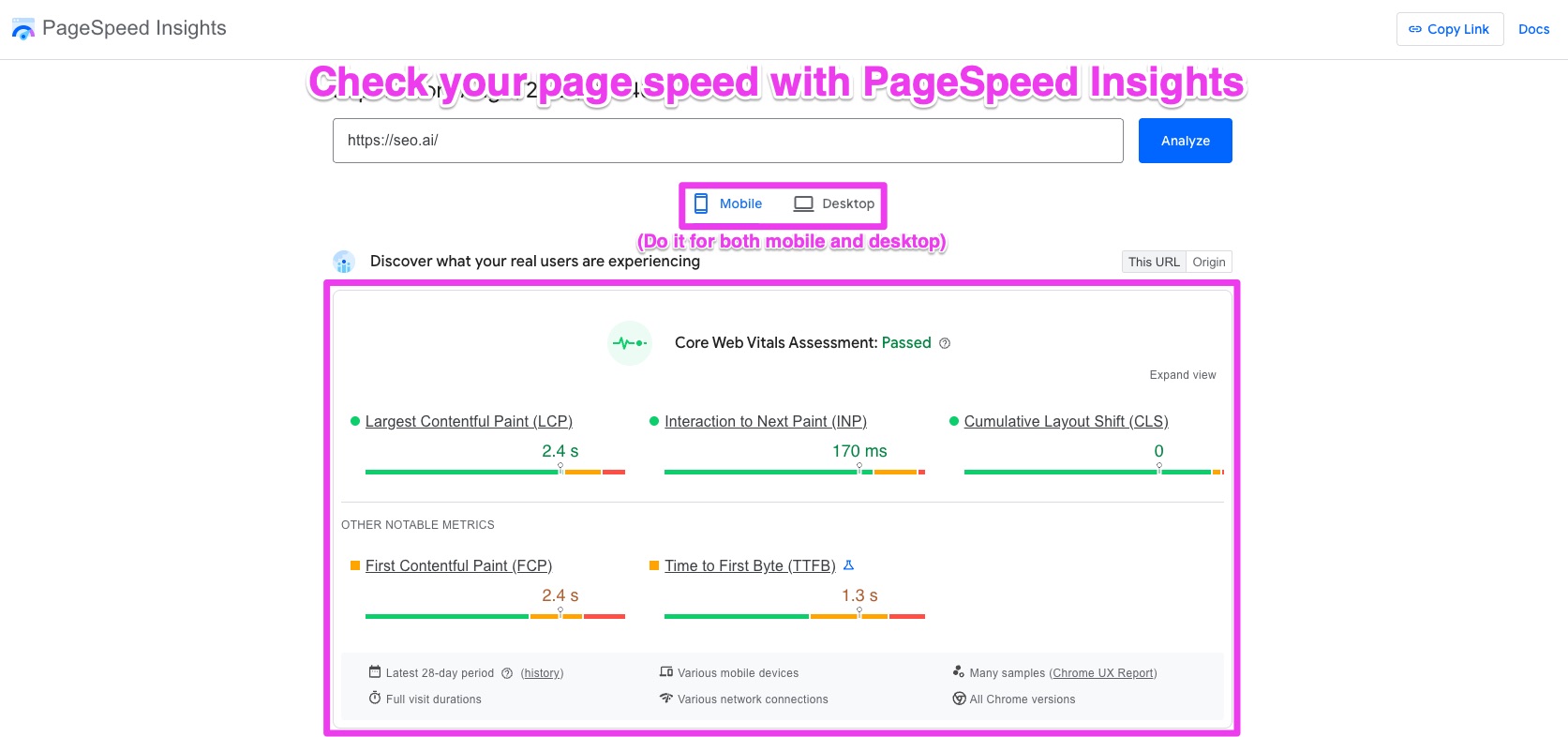Countless businesses live and die by the clicks they get on Google. There’s a lot of confusion around pay-per-click (PPC) advertising.
Most people know they need it, but don’t know how to manage or improve their campaigns.
Today, I’ll break down Google PPC management: what it is, why it matters, and how to make it work for your business.
Then, I’ll share 7 practical tips from real campaigns.
These are tips that consistently drive higher conversions and better ROI.
Google PPC Management Basics
Let’s start by defining the core concept.
Google PPC Management refers to the ongoing process of planning, creating, and refining paid campaigns on Google’s advertising platforms, such as Google Ads (formerly known as Google AdWords).
I like to think of PPC management as having two major aspects:
- Business Objectives: Making sure the campaign fits your overall goals.
- Technical Focus: Adjusting ads, landing pages, bids, and other elements to get the best performance from your ads.
In simpler terms, if you’re paying Google every time someone clicks, you want those clicks to come from genuine potential customers who are likely to take the next step.

Why Is It Important?
I’ve heard people say, “I’ll just put up an ad, set a daily budget, and let Google do the rest.”
That approach can quickly burn through your money with little insight.
With proper management, your ads show up for the right people at the right time and you avoid overpaying for clicks.
A well-managed campaign means you are:
- Getting more from your return on ad spend (ROAS).
- Excluding searches and clicks that don’t matter.
- Increasing your visibility in a busy marketplace.
Key Elements of a Google PPC Campaign
Campaigns can fail when the basics are overlooked.
Here are four key components you need to get right:
- Keyword Selection: If your keywords don’t match buyer intent, you’re reaching the wrong audience.
- Ad Copy: Your ad should speak directly to the user’s search intent. Bland copy with no clear value won’t convert clicks into actions.
- Landing Pages: People click on your ad and land on a page—ideally, one that is relevant and persuasive. If the landing page is slow or off-target, you lose potential customers.
- Bid Strategy and Budget: Decide whether to use manual or automated bidding and know which keywords merit a higher bid. Adjust your budgets based on how well things perform.

A lot of these elements come down to one thing: proper campaign improvement.
Common Metrics You’ll Track
Below is a quick reference table I often share when explaining the basics:
I watch these metrics because they guide daily decisions. If my CTR is low, I adjust my ad copy.
If my CPC is too high, I refine my keywords or tweak my bid strategy.
7 Tips You Need to Master Google PPC Management
Here are the 7 tips as promised:
1. Start With Clear Goals and Proper Tracking
The first thing I ask any client is: “What do you really want out of this campaign?”
- Perhaps you want to increase brand awareness.
- Maybe you need more sales or leads.
- Or you’re aiming to drive foot traffic to a local store.
You must set up the right conversion tracking in Google Ads and Google Analytics. When goals are unclear, optimizing becomes guesswork. I’ve seen advertisers spend money on ads without knowing if clicks are turning into revenue. Don’t let that happen.
Quick Story
I once worked with a SaaS startup that trusted the idea “If you build it, they will come.” They set a generous daily budget for Google Ads.
A month later, they had plenty of clicks but no quality leads. They never connected their Google Analytics, so they had no idea which traffic turned into paying sign-ups.
After we integrated tracking, they discovered half their keywords were wasting money. By cutting those out, they doubled their conversions in weeks on a smaller budget.
2. Solid Keyword Research Never Stops
Keyword research is the backbone of PPC. I don’t do one-time research; I treat it as an ongoing task.
- Regularly add fresh keywords by considering new terms, targeting additional areas, or looking into subcategories.
- Include negative keywords to filter out traffic that won’t convert.
Example: If you’re advertising for a local plumbing company, you might notice that a term like “plumbing free services” gets clicks but no business.
Mark “free” as a negative keyword and you stop wasting money immediately.
Pro tip: Spend a little time each week reviewing the “Search Terms” report in Google Ads. It gives true insight into how people are searching for your services.
3. Segment Your Ad Groups for Better Relevance
It can be tempting to lump every keyword into one ad group, hoping for the best. However, segmenting keywords into closely related ad groups lets you:
- Write more targeted ad copy.
- Improve your ad performance and lower your CPC.
- Create landing pages that closely match the ad’s message.
Tighter ad groups let you fine-tune your message.
Many advertisers overlook this simple step. Do it right and see a meaningful impact.
4. Craft Irresistible Ad Copy
You have limited space in text ads, so every word matters. I follow a simple framework for ad copy:
- Headline 1: Address the user’s search intent right away.
- Headline 2: Highlight a unique selling point or key benefit.
- Description: Expand on the benefit, include a call to action, and add social proof if possible.
Example: If someone searches “best running shoes for marathon,” your ad could be:
- Headline 1: Top Marathon Shoes Reviewed
- Headline 2: Lightweight, Durable & on Sale
- Description: Trusted by Pro Runners. Save 20% Today. Start a New Personal Best!
Test different versions of your copy. Instead of guessing which one will work best, use A/B testing to find the highest performer.
Why an Optimized Product Feed Matters for Ecommerce
If you’re running an ecommerce store, your product feed is just as important as your ad copy.
An optimized product feed ensures your products show up for the right searches, with accurate titles, descriptions, and attributes that match what shoppers are actually looking for.
This isn’t just about visibility - it’s about relevance and conversion.
A well-optimized feed means:
- Your products appear in more relevant searches, increasing qualified traffic.
- Shoppers see up-to-date pricing, availability, and compelling product details.
- Google can better match your products to high-intent queries, improving your ad performance and ROI.
If you want to take the guesswork out of feed optimization, SEO.AI can help.

Our platform streamlines the process, making sure your product data is always accurate, relevant, and ready to drive results.
Don’t overlook this step - your feed is the foundation of successful Shopping campaigns.
5. Optimize Your Landing Pages
Sometimes advertisers get everything right with keywords and ads, but their visitors end up on a generic homepage.
That doesn’t work. Each ad group should send traffic to a landing page that clearly continues the promise of the ad.
The best landing pages:
- Feature a clear headline that matches the ad.
- List the main benefits in a short, easy-to-read format.
- Include a strong, single call to action (CTA).
- Load quickly and look good on mobile devices.
A colleague ran a campaign for a local gym. We refined the landing page so visitors immediately saw a special 7-day free trial offer. That one improvement raised the conversion rate from 5% to 14%, nearly tripling leads without increasing ad spend.
6. Track and Optimize Beyond the First Click
Google Ads is not a set-it-and-forget-it matter. Regularly checking performance daily or weekly is essential. And don’t just look at ad clicks; study what users do once they arrive:
- Check bounce rates, time spent on site, and pages viewed (using Google Analytics).
- Identify which ad groups or keywords drive the most results.
- Reallocate budget or adjust bids for high-performers, drop the underperforming ones, and test new approaches.
I had a client in e-commerce whose keywords consistently brought in clicks but came with a high cart abandonment rate.
A closer look revealed a confusing checkout process, not an issue with the ads. Fixing the checkout flow increased final purchases by 30%, making the same ads much more effective.
7. Use Smart Bidding Strategies and Automation (But Keep an Eye on It)
Smart Bidding options (like Target CPA or Target ROAS) can change the game by using machine learning to adjust bids in real time.
I often see better results with automation, but only when it’s fed accurate data. Check that your conversion tracking is solid, your campaigns are set up clearly, and give the bidding system enough time and budget for data gathering.
The risk comes when you leave everything on autopilot and forget about it. Regularly review your campaigns to make sure everything is on track.
Sometimes a manual bidding approach or using Enhanced CPC fits best, especially when you have few data points or a very niche market.
Additional Pitfalls to Avoid
- Forgetting to Test: If you never run A/B tests on your ads, you could be missing out on extra conversions.
- Ignoring Mobile: A lot of users browse on their phones. If your site isn’t mobile-friendly, you might be wasting clicks.
- Not Tracking Phone Calls: Local businesses, in particular, lose out if inbound calls from ads are not tracked.
- Overcomplicating Account Structure: A cluttered account is harder to manage. Keep it organized, but avoid creating too many tiny ad groups.

I once inherited a PPC account for a small business that had 150 ad groups with only minor differences between them.
The setup was so scattered that no one knew where to focus. After streamlining it to 15 well-organized ad groups, tracking and improving performance became much easier.
Frequently Asked Questions About PPC Management
Here are answers to the most asked questions about PPC management:
Should I Do It Myself or Hire An Agency?
If you have the time to learn all the ins and outs and keep up with changes - you can try managing it yourself. Many businesses, however, find that they lack the resources to handle all aspects.
An agency or freelance specialist can often test multiple ideas and handle the daily tasks to help get the best outcomes. If you choose the DIY route, be prepared for a steep learning curve.
How Long Before I See Results?
Results depend on factors like industry, competition, budget, and how well you set up your campaigns.
In some cases, noticeable outcomes can show up within a week, while other scenarios may take several months to fine-tune.
The first couple of weeks usually serve as a trial period, so avoid judging your campaign based solely on early data.
Is PPC Expensive?
It can be, as you set your daily budget and bids. However, without careful management, you might end up spending too much on clicks that don’t count.
Good management turns PPC into an investment that brings a solid return rather than just a cost.
Want to try the #1 AI Toolkit for SEO teams?
Our AI SEO assistants helps write and optimize everything - from descriptions and articles to product feeds - so they appeal to both customers and search engine algorithms. Try it now with a free trial→

![What is Google PPC Management [+7 Tips You Need]](https://cdn.prod.website-files.com/627a5f477d5ec9079c88f0e2/6613aaaa53d5b53093f7b8b3_oskar-mortensen.jpg)










